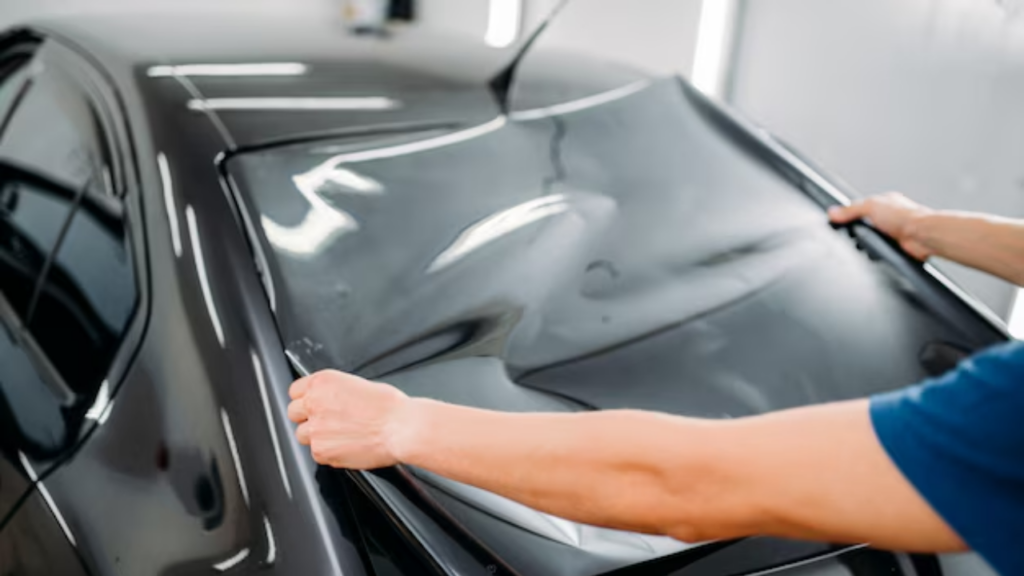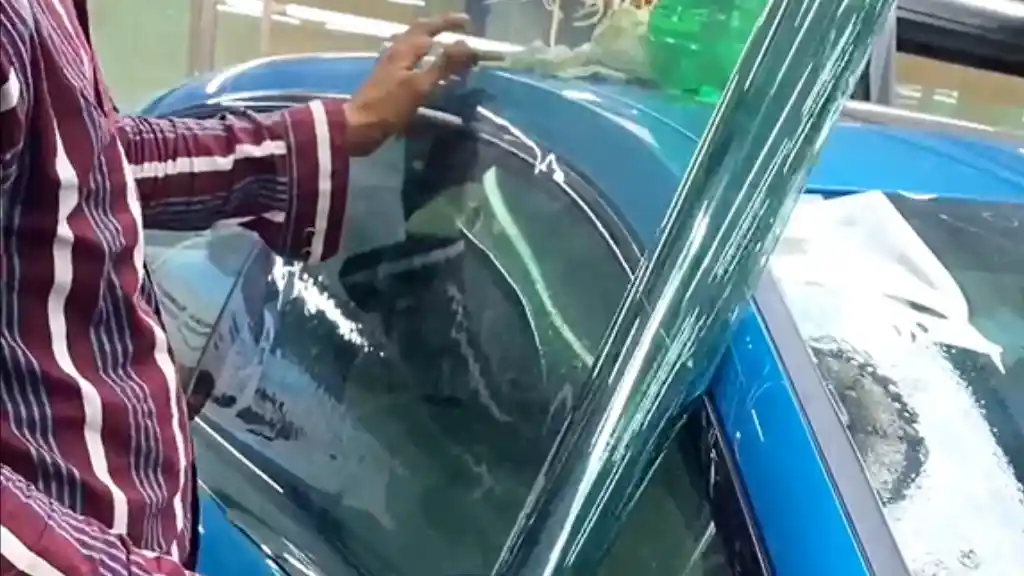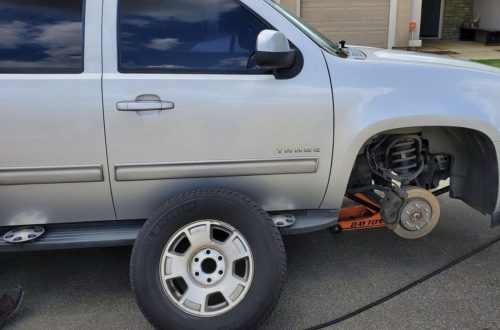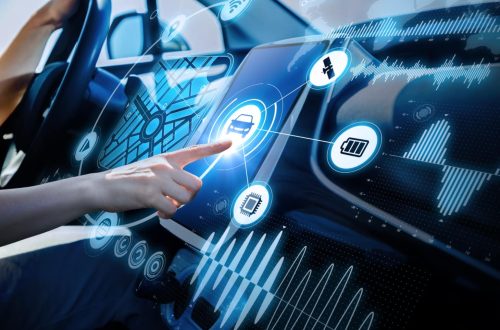-
Auto glass that protects: A guide for car owners
Not only does auto glass provide visibility, but it also plays a far more important part in maintaining current safety standards. From side and rear windows to windshields, modern auto glass is designed to offer structural support, shelter passengers in collisions, and even improve driver awareness by means of integrated technologies. Knowing the value of premium vehicle glass and when and how to repair or replace it will help car owners avoid expensive damage and injury.
Different kinds of protective auto glass
Laminated glass and tempered glass are the two main forms of safety glass applied in vehicles. Usually used for windshields, laminated glass has two layers of glass with a plastic interlayer. This building lets the glass remain whole upon collision, therefore lowering the ejection and major injury risk.
Found on side and rear windows, tempered glass has heat-treatment to increase its strength. Broken it breaks into tiny, blunt bits rather than lethal shards. Passenger safety depends on both kinds of glass, which were selected especially depending on their purpose and position in the vehicle.

Windscreen’s Function in Crash Safety
Your windshield greatly helps the structural integrity of the car, not only shields you from wind and trash. The windshield in a rollover accident keeps the roof from falling. It also promotes proper airbag deployment—especially from the passenger side. Whether cracked or improperly placed, a damaged windshield could fail to fulfill these safety purposes during a crash, endangering occupants.
Repair and replacement projects should thus always adhere strictly to manufacturer recommendations and be carried out with recognized materials.
Advanced Characteristics of Contemporary Auto Glass
Smart glass technologies included in many more recent cars combine with driver aid and safety systems. Among these are heads-up displays, lane-departure alarms, and rain sensors. Certain windscreen designs even go so far as to exclude UV and infrared light, therefore shielding interiors and passengers.
These technologies help safer driving in addition to making one more comfortable. To guarantee correct operation, though, they need exact calibration whether the glass is replaced or repaired.
Auto glass is a vital layer of protection supporting the general safety standards of your car, not only a window to the road. Knowing the several kinds of protective glass, their purposes, and the need of correct installation and maintenance will help drivers make better, safer choices. Whether you’re upgrading to advanced glass features or fixing a chip, never undervalue the part your vehicle glass plays in shielding what counts most.



